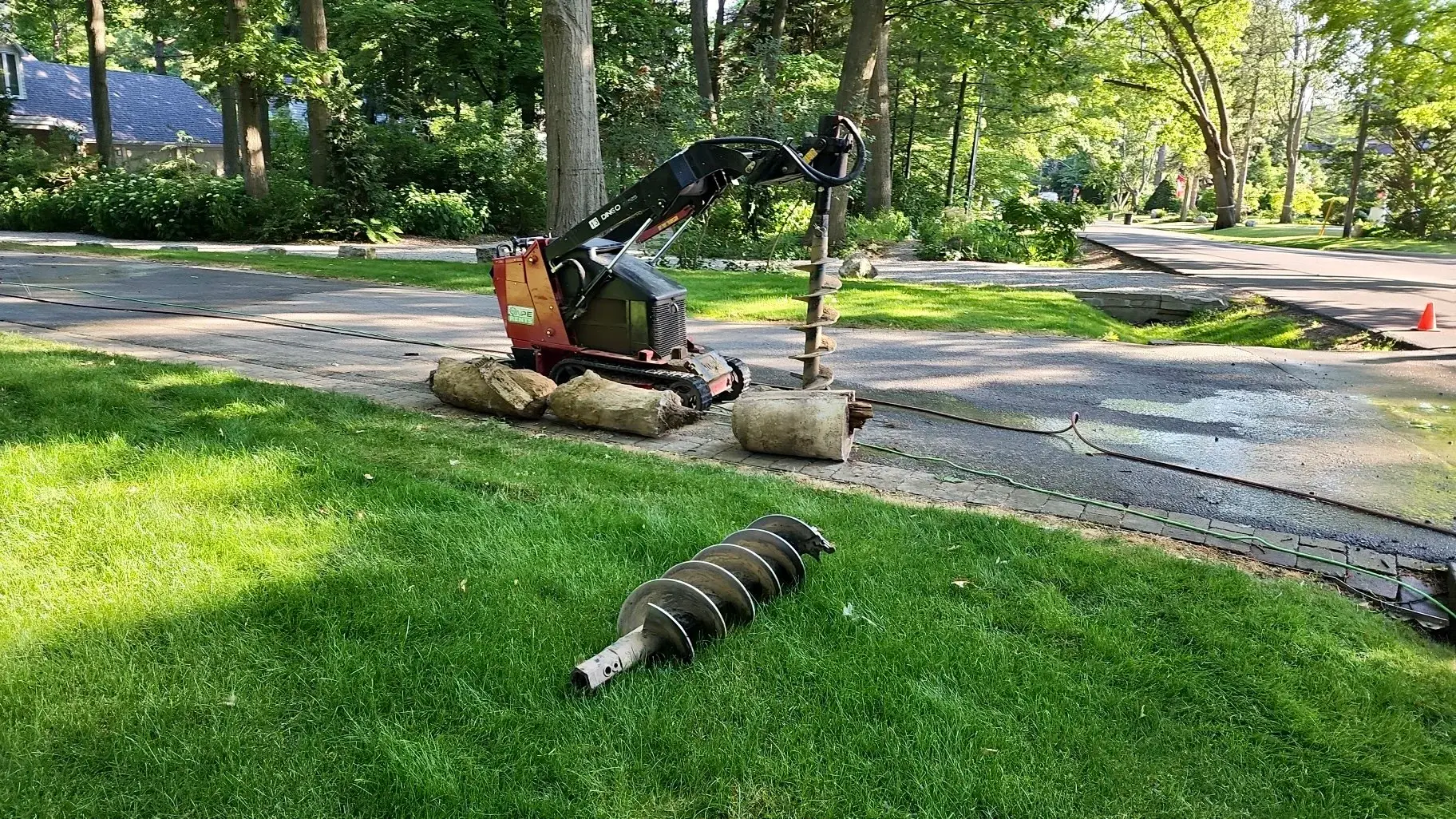Welcome back to “Digging Deeper With The Post Hole Company!” Today, we’re diving into an important topic: the debate between post hole foam and concrete for securing fence posts. Join us as we explore why concrete stands out as the superior choice, offering unmatched strength, durability, and long-term benefits compared to post hole foam.

Are you planning to install a new fence around your property? One of the crucial decisions you’ll need to make is choosing the right material to secure your fence posts. While post hole foam may seem like a convenient option, opting for concrete offers several distinct advantages. Let’s delve into why concrete is the superior choice for your fence post installation needs.
1. Strength and Stability:
Concrete is renowned for its strength and durability. When properly mixed and cured, it forms a solid foundation that can withstand various environmental factors, including strong winds and soil movement. In contrast, post hole foam may not provide the same level of stability, especially in areas with high moisture or shifting soil which can be found anywhere and everywhere.

2. Longevity:
Fence posts set in concrete tend to have a longer lifespan compared to those secured with post hole foam. Concrete resists decay and deterioration, ensuring that your fence remains sturdy and secure for years to come. On the other hand, post hole foam may degrade over time, leading to potential issues with post stability and structural integrity.

3. Resistance to Environmental Factors:
Concrete offers superior resistance to environmental elements such as moisture, temperature fluctuations, and insect damage. It provides a robust barrier against soil erosion and prevents posts from leaning or shifting over time. Post hole foam, while initially easy to use, may be susceptible to degradation when exposed to moisture, leading to potential problems with post stability and longevity.

4. Enhanced Security:
For fences intended to provide security and privacy, such as perimeter fencing or boundary enclosures, concrete is the preferred choice. Its solid foundation prevents unauthorized access and helps maintain the integrity of the fence line. Conversely, post hole foam may not offer the same level of security, as it can deteriorate over time, compromising the overall stability of the fence.

5. Cost-Effectiveness:
The cost of concrete is lower than post hole foam, and it offers better long-term value due to its durability and longevity. By investing in concrete for your fence post installations, you can avoid the hassle and expense of frequent repairs or replacements associated with post hole foam.
Conclusion:
When it comes to securing fence posts, concrete emerges as the clear winner over post hole foam. Its superior strength, longevity, resistance to environmental factors, enhanced security, and long-term cost-effectiveness make it the preferred choice for discerning property owners. By opting for concrete, you can ensure that your fence stands the test of time while providing reliable protection and privacy for your property.Next time you plan a fence installation project, choose concrete for peace of mind and long-lasting performance.


